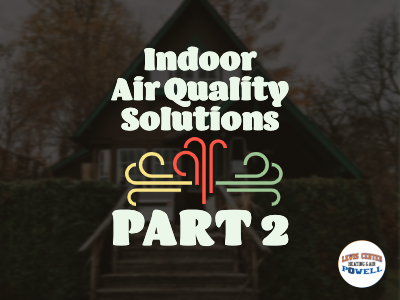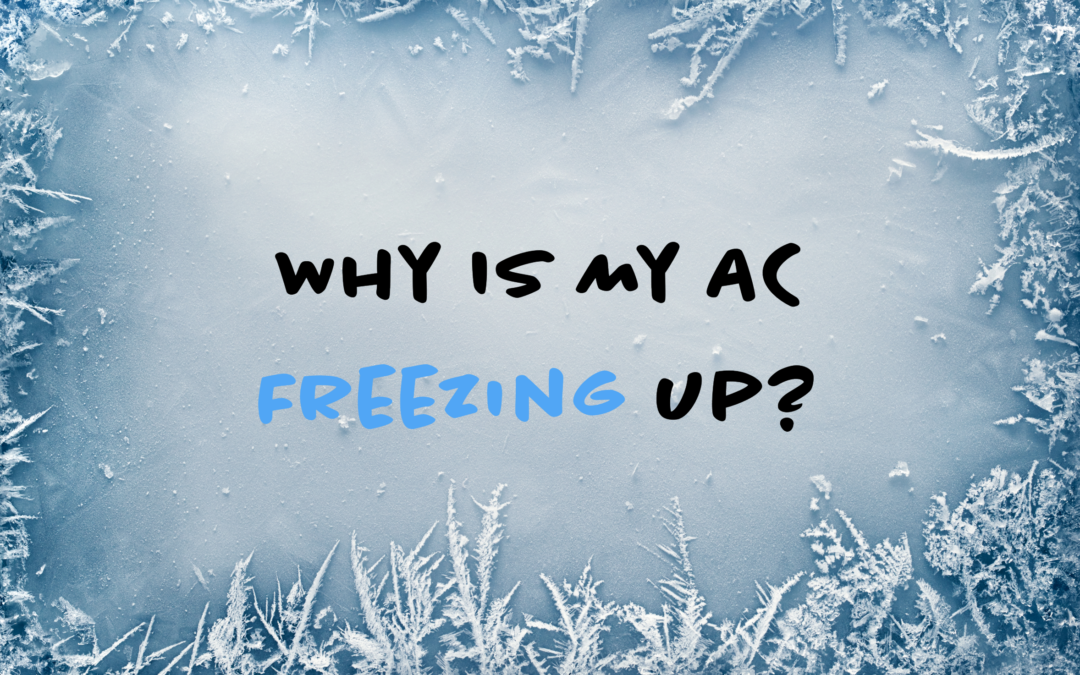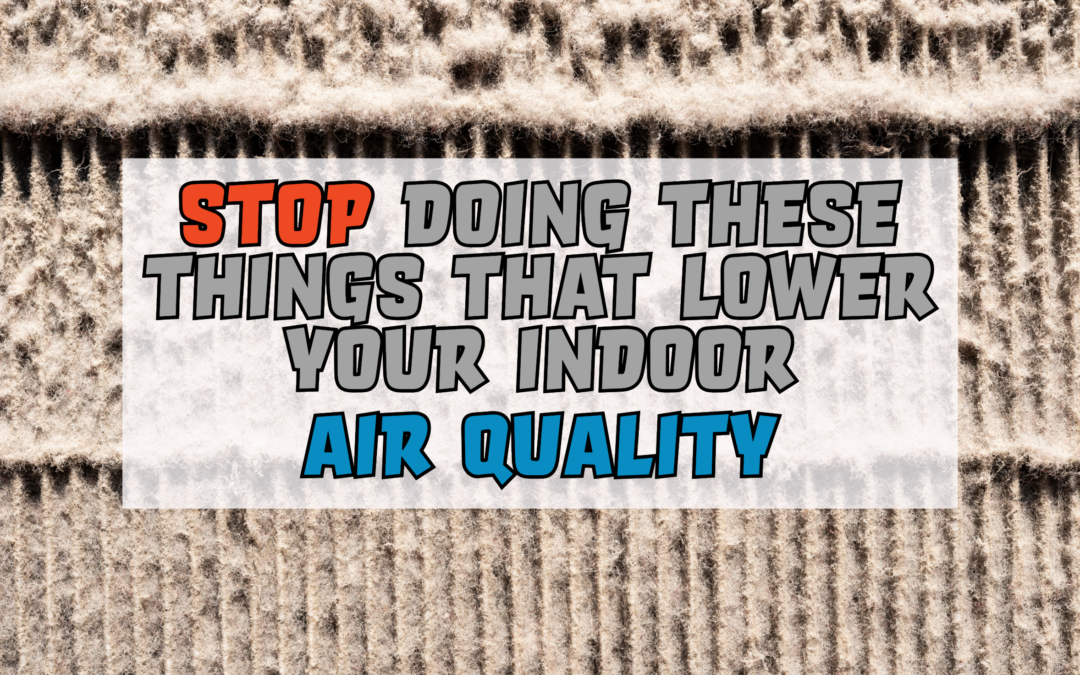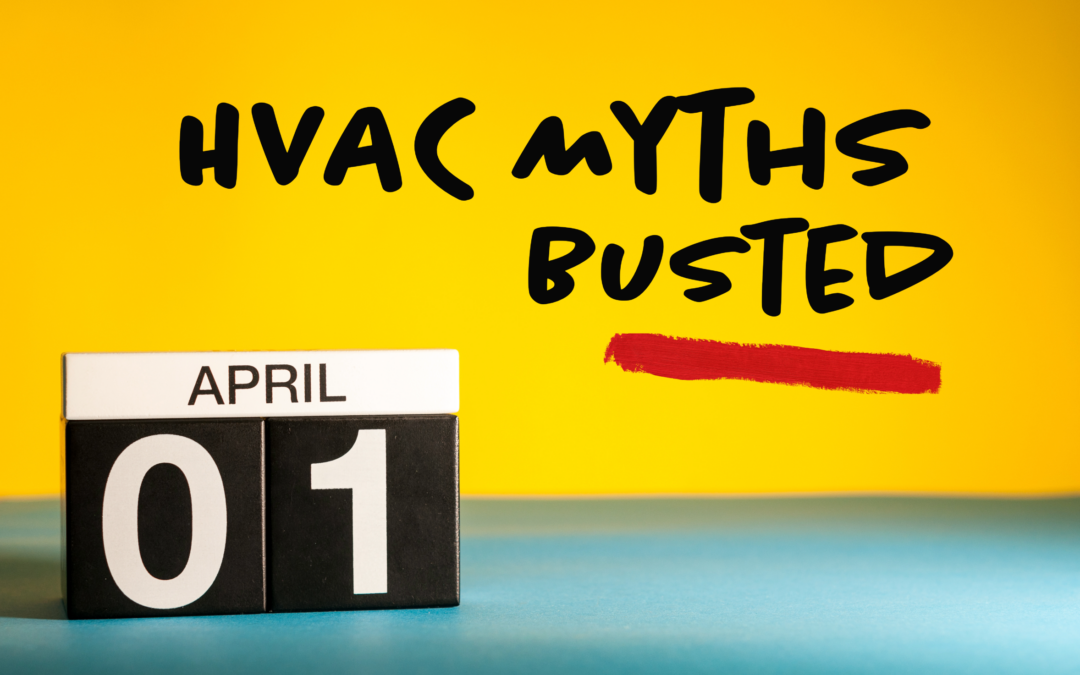When most of us think of air pollution, we aren’t likely to envision images of the insides of our homes and office buildings. Instead, we usually conjure images of cars lining the interstate, billowing industrial smokestacks, chimneys, exhaust pipes, smog, and smoke. However, with most Americans consuming most of their time indoors — especially now with winter around the corner — sustaining a high quality of air in our homes, vehicles, and places of work is vital for our overall well-being. In recent years, the EPA acknowledged indoor air contamination as a genuine problem in our nation and placed it amongst the top of the environmental hazards we face. Hoping to educate our readers about indoor air quality and promote it, we at Lewis Center-Powell Heating and Air formed the following list to encourage you to make informed decisions.
CUT OUT PRODUCTS WITH AEROSOL
Aerosol products are common causes of air pollution both indoors and out. Utilized in a variety of various household products, they contain neurotoxins and carcinogens that are especially toxic for children and adults. Common products include air fresheners, hair spray, cleaning supplies, deodorants, insecticides, and more. Lessening the use of these can protect the air in your home or workplace.
TRY FRAGRANCE-FREE ALTERNATIVES
Fragrances manufactured in a lot of everyday household cleaning products can have a negative impact on people with asthma and allergies. Recent research suggests even “natural” fragrances in them can be unhealthy and even react with the ozone. To preserve your indoor air quality, shop for fragrance-free alternatives, including laundry detergent and kitchen and bathroom soaps. Instead, use more natural cleaners such as lemon and baking soda and vinegar to keep your house dazzling clean.
BEWARE OF CARBON MONOXIDE
Throughout every home there should be ample carbon monoxide detectors. Most people are aware of the dangers of this invisible, scentless gas. It could possibly be one of the most harmful gases you could come in touch with inside your house. Your most reliable protection against this dangerous poison is a carbon monoxide detector. A lot of people don’t usually consider this a top priority in the context of indoor air quality because it would only be used in an emergency situation. Carbon monoxide is produced from the incomplete burning of fossil fuels, such as natural gas, when a heating appliance has gone on the fritz. Old furnaces, boilers, and gas fires are traditional examples. If your chimney or flue is blocked, the carbon monoxide will be unable to escape your home, creating a critical concentration.
FIND BEESWAX CANDLES
Candles help places seem cozy and romantic even, but a lot of people don’t know candles can be toxic. Most candles are made with paraffin. Paraffin is made from petroleum, which can reshape the quality of air in your home. Rather than using just any old candle, try beeswax candles. Beeswax candles discharge almost no smoke at all. They are great alternatives for people with asthma and allergies.
SMOKING IS UNHEALTHY
Smoking tobacco releases unhealthy and even deadly pollutants into your house’s air. We could write an whole blog on this one alone. In places with smoking indoors, the smoke is not only confined to the air. It gets absorbed into the furniture, rooted in the carpet, connected to the bedding. You can even see it when it covers the ceiling and walls. All this can heighten a multitude of respiratory and other health problems in the home, especially if you have kids. With an estimated 4,000 different toxic chemicals in it and pollutants, smoking can even cause unexpected death. So, if someone absolutely has to smoke, make that person go outside the health and sake of everyone inside.
BEWARE OF RADON
Because the ground in certain areas can give off radon, experts say it’s a good idea to have your home inspected for it. Radon is another invisible, odorless toxic gas that can cause lung cancer. Sometimes even building materials can release radon. When radon is released, the composition of your home can act as a “chimney,” causing negative pressure to suck the gas inside, particularly basements, like a vacuum.
WARM-UP YOUR CAR OUTSIDE
A lot of homeowners idle or warm up their vehicles during the colder months. This can be a significant cause of poor air quality for houses with joined garages. It is also important to remember this when the garage door is closed. Try taking your car outside if you have been warming it up in an attached garage, or at least leave the door open.
SHOP FOR SAFER PAINTS
On today’s market, there is a nearly endless number of paint products. If you do your homework, you can find paints that have no smell at all and are intended to improve indoor air quality. If you plan on carrying out any home renovation or restoration project, this is essential. Find paints that support indoor air quality and are environmentally safe.
SMOKE DETECTORS SAVE LIVES
Smoke detectors are essential for any building. But they are not only beneficial in alarming you of a fire. These lifesaving devices inform you when there is any smoke in the air. To guarantee healthy air quality in your living spaces, this is an important and lifesaving tool.
SERVICE YOUR FURNACE FREQUENTLY
Making sure your furnace gets serviced regularly will save you a lot of headaches. Trust us on this.
When your furnace isn’t running optimally, it will not clean your air as it should. Worse yet, it can create more expensive maintenance issues or cease functioning entirely. Routinely servicing your furnace is crucial. Try to have it done at least once per year. To figure out the best maintenance program for your unit, call Lewis Center-Powell Heating & Air today at 614-490-7530 or schedule an appointment online now at www.lewiscenterpowellheatingandair.com/schedule-now/.







